Submitted by Shoba Neupane-Gautam, DOR, Valley of the Moon, Sonoma, CA
It was Sept. 28, 2020. I was excited to attend my very first annual Therapy Leadership Virtual meeting. As I was working from my home office that morning, I heard from our therapy resource and DOR team that the Santa Rosa area had a bad fire and residents were being evacuated from our sister facility, Summerfield.
I called Summerfield DOR, JB Chua, to offer some help. I realized JB was remaining calm but was disappointed that with the evacuation he may not be able to attend our annual meeting that day. As soon as I heard many residents were being transferred from the Summerfield facility to Broadway Villa Post-Acute, JB and I coordinated with Ensign IT to grant me Summerfield Optima and PCC access.
JB helped evacuate his facility and still arrived at my place around 1:30 pm to attend our virtual meeting together. We both were able to attend the meeting peacefully. As soon as the meeting was over, we coordinated with the nursing/ admission team to identify the residents who were being transferred to Broadway Villa Post-Acute. Then I reached out to my team and requested that they visit those residents, provide them comfort and reassure their safety. After we identified 18 residents who were transferring from Summerfield (SF) to Broadway Villa (BW), we reviewed each and every resident’s needs and coordinated staffing between our two facilities.
Both SF and BW rehab staff were highly cooperative, cohesive and willing to assist residents. As a result, all 18 residents were able to receive skilled rehab services in a timely manner.
Thanks to both home teams’ cooperation, this situation was managed calmly. I was still able to attend all three days of the therapy virtual meeting. I am beyond thankful to my team at Broadway Villa, our therapy resource Jennifer Raymond, the Summerfield Rehab Team and JB’s leadership.


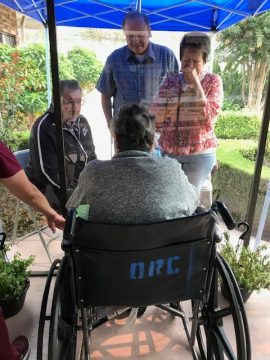 On March 13, 2020, President Trump declared a national emergency, citing an outbreak of COVID-19. On that same day, CMS strictly restricted in-person visitation to only compassionate care situations in skilled nursing homes in order to prevent the introduction of COVID-19 to our most vulnerable population: the elderly with pre-existing medical conditions.
On March 13, 2020, President Trump declared a national emergency, citing an outbreak of COVID-19. On that same day, CMS strictly restricted in-person visitation to only compassionate care situations in skilled nursing homes in order to prevent the introduction of COVID-19 to our most vulnerable population: the elderly with pre-existing medical conditions.

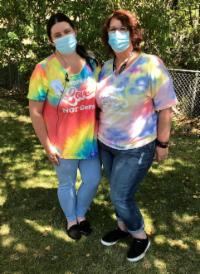
 she met her now husband, Jan. An interesting fact is that UOP had the same number of students as the entire town of Willits. Despite the crowd, Avenlea loved her experience there and had great clinical exposure with patients beginning in her junior year.
she met her now husband, Jan. An interesting fact is that UOP had the same number of students as the entire town of Willits. Despite the crowd, Avenlea loved her experience there and had great clinical exposure with patients beginning in her junior year.
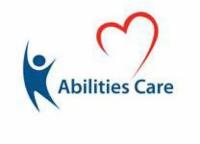 Here at Golden Acres in Dallas, Texas, we love our long-term care residents. They are the heart and soul of our facility, and we wouldn’t have it any other way. One of our residents passed away recently, and it never gets easier. The family reached out to myself, the DOR, and the social worker in hopes of getting a copy of her grandmother’s life storyboard that was created during therapy with one of our amazing speech therapists. Her granddaughter wanted to utilize this resident’s life storyboard to aid in writing her obituary. To think that the Abilities Care Approach Program could, in such a trying and upsetting time, bring joy and meaning to a grieving family is truly amazing.
Here at Golden Acres in Dallas, Texas, we love our long-term care residents. They are the heart and soul of our facility, and we wouldn’t have it any other way. One of our residents passed away recently, and it never gets easier. The family reached out to myself, the DOR, and the social worker in hopes of getting a copy of her grandmother’s life storyboard that was created during therapy with one of our amazing speech therapists. Her granddaughter wanted to utilize this resident’s life storyboard to aid in writing her obituary. To think that the Abilities Care Approach Program could, in such a trying and upsetting time, bring joy and meaning to a grieving family is truly amazing.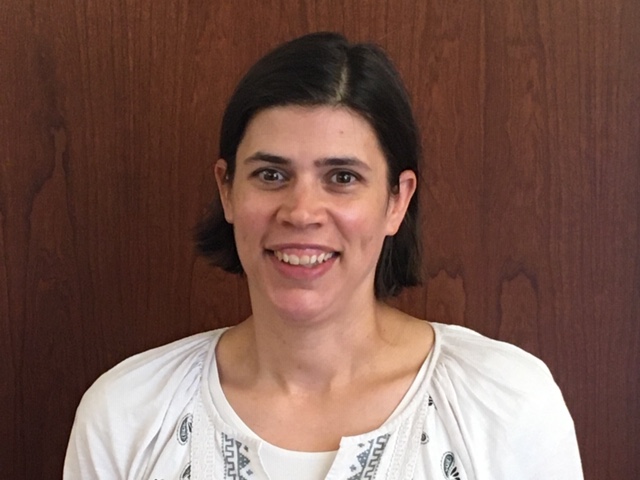
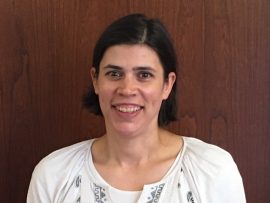 One of the newest members of our therapy team here at Paramount is Rebecca “Becky” Hopkins, OT. Becky comes to Paramount with a unique perspective as a clinician and a unique skill set. Becky was previously involved in a motor vehicle accident that resulted in months of difficult rehabilitation. She has sacrificed and worked very hard to get to where she is today. Many things that Becky requires of her patients, she herself has lived through. This has allowed each patient to trust her and form a special bond. Becky has a unique understanding of the difficulties and hardships involved in rehabilitation, both continence in personal dignity and quality of life. Overcoming incontinence has become a passion and focus for her in her Occupational Therapy career.
One of the newest members of our therapy team here at Paramount is Rebecca “Becky” Hopkins, OT. Becky comes to Paramount with a unique perspective as a clinician and a unique skill set. Becky was previously involved in a motor vehicle accident that resulted in months of difficult rehabilitation. She has sacrificed and worked very hard to get to where she is today. Many things that Becky requires of her patients, she herself has lived through. This has allowed each patient to trust her and form a special bond. Becky has a unique understanding of the difficulties and hardships involved in rehabilitation, both continence in personal dignity and quality of life. Overcoming incontinence has become a passion and focus for her in her Occupational Therapy career.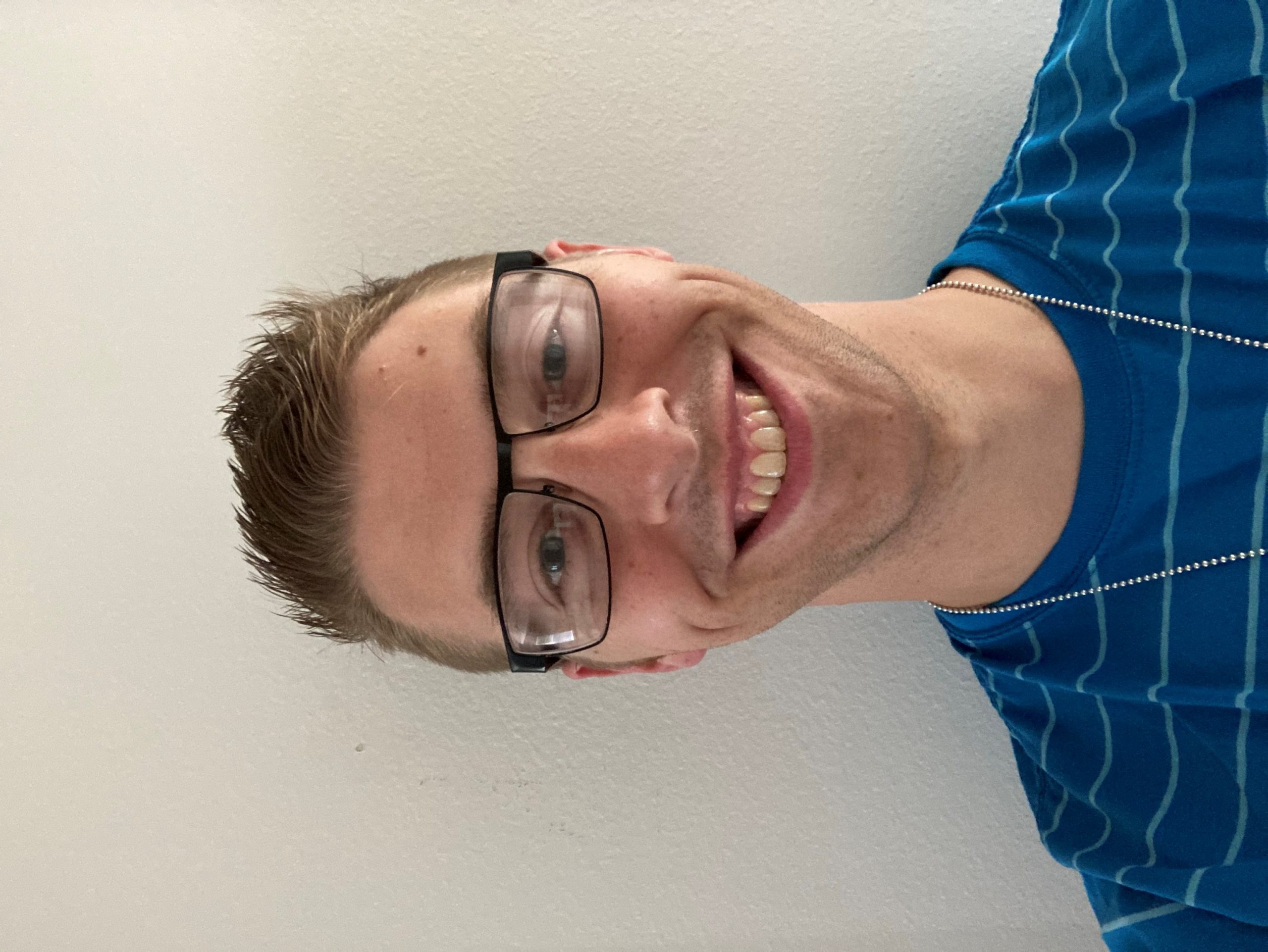
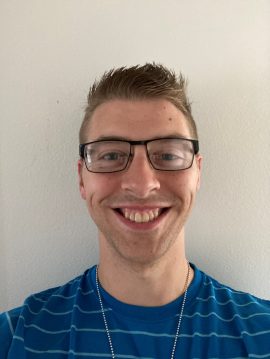 Meet Matthew Wayne, our newest therapy leader in Idaho! He will be joining our Bennett Hills team in Gooding, ID, next month and brings with him several years of experience as a PTA in three of our Pennant operations.
Meet Matthew Wayne, our newest therapy leader in Idaho! He will be joining our Bennett Hills team in Gooding, ID, next month and brings with him several years of experience as a PTA in three of our Pennant operations.